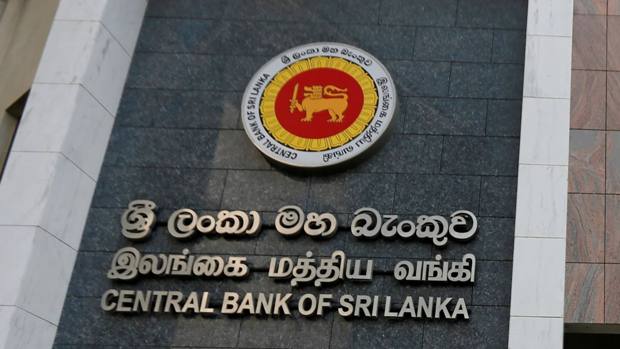COLOMBO – Sri Lanka’s government headed by people’s representatives, had allowed macro-economists to generate up to 7% inflation without protest, under a controversial new monetary law, it has been revealed.
Under the new monetary law, President Ranil Wickremesinghe, had signed an agreement allowing the central bank to generate 5% inflation spiking up to 7% if mistakes are made.
The new monetary law allows peoples’ representatives to bargain with macro-economists, who, according to critics have been given the power to print money (suppress rates with inflationary liquidity tools and unbridled standing facilities) for multiple ends.
Journalists asked what the process of negotiation and who represented the government and who represented macro-economists at the negotiation and whether a lower inflation rate was asked by the government.
There had been no such negotiation or an ask for a lower rate.
“We submitted a recommendation, which the central bank viewed as appropriate and the government agreed to that.”
The 5% inflation target was arrived at following research, it was said.
“This is the first time the agreement was arrived at,” Assistant Governor Chandranath Amarasekera explained.
“Going forward the public opinion on the desired inflation target could change. Because it was the first time the government had relied on the recommendation.”
If a disagreement arose on the target, a lower rate could be imposed on the central bank by a cabinet decision, officials said.
The central bank has sought a high inflation target partly because any misses on a 2% target would lead to a loss of credibility of the flexible inflation targeting regime.
Another (non-monetary) excuse given involved ‘food price volatility’ in the index, macro-economists said.
Journalists pointed out that inflation measured by the Colombo Consumer Price Index was close to zero before the mid-1960s when most of the index was made of mostly unlike now, and also around US inflation up to 1978.
Amarasekera explained that in the 1960s Sri Lanka (and the rest of the world) was under the Bretton Woods agreement, leading to low inflation. But exchange rate targets could not be achieved later.
Sri Lanka was a country which had generally the same inflation as the US (amid forex shortages, exchange and trade controls) up to 1978 when the IMF’s Second Amendment left the rupee without a credible monetary anchor, critics have said, giving macro-economists a free hand to depreciate the currency after mis-targeting rates.
Before 1971, Sri Lanka was externally (exchange rate target) as well as domestically anchored in theory (a gold target) under the law. To maintain the exchange rate target, money printed for non-market interest rates had to be constrained or exchange controls imposed.
Under ‘flexible inflation’ targeting style operations since the end of the war the central bank had generated a series of currency crises with the index showing 5% or lower inflation, with the aid of inflationary open market operations and unbridled standing facilities, critics say.
Under a flexible inflation targeting regime attempts are made to target a domestic anchor (inflation index) without a clean floating exchange rate (a de facto variable peg or flexible exchange rate where reserve money is altered by fx transactions as well as domestic assets of the central bank).
Sri Lanka does not have a penal rate for standing facilities unlike lower inflation floating regimes (UK bank rate plus 200bp) or exchange rate targeting regimes (Singapore – floating – reference rate +50 bp) allowing banks to trade with central bank money and not collect deposits.
The central bank recently lifted counterparty limits for banks to borrow from the window.
-economynext.com



Comments are closed, but trackbacks and pingbacks are open.